Senior Curaçao
Never has a liqueur exemplified its place of origin as Curacao of Curacao liqueur. Its liquid as colorful as sunlit gems, its green, red, orange and blues hues, suspended in the beautiful hand-blown (a simplified process owing to the small, limited handmade batches, as opposed to large factory runs) bottles with the rough, rounded exteriors made to represent the bitter and essentially inedible Valencia oranges brought over by the Spanish.
One only has to drive through the rocky, sun bleached countryside filled with cacti and thorn bushes to imagine that, in the 1700s, this could not been a bigger botanical blunder.
Intentional agricultural development by the Spaniards, soon after the discovery of the Island in 1499 in less than ideal climate and soil conditions, was eventually abandoned and the resulting produce allowed to grow wild. This turned the originally delicious, juicy, Valencia oranges, carried with great care across the ocean in the form of small plants, into bitter, inedible produce called Laraha (“Citrus Aurantium Currassuviensis”, meaning “Golden Orange of Curaçao”). Not even Curacao’s renowned gluttonous goats would eat them! Speculation is that the name Laraha was derived from the Spanish name Naranja (which means orange .)
The turnaround from disaster to sublime success began when a couple of enterprising gentlemen by the names of Edgar Senior and Haim Mendes Chumaceiro (Shon Ichi) founded the firm of Senior and Company in the year 1896, intending to own and operate a drugstore by the name of “Botica Exelsior.” It was there that, using the Chumaceiro family recipe, they started to produce and market the aperatif or digestif named “Seniors Curacao Tonic.”
The cornerstone of production of this secretly-spiced liqueur is the original copper kettle housed in an early 19th century country estate called Chobolobo Mansion (Landhuiz) purchased by N.V. Senior and Company in 1947. My guide and senior operational manager John Eduardt Bradshaw shyly whispers to me that every morning he kisses the century old plus kettle as an act of worship and respect. He explains the process as busloads of tourists crowd the room and begin tasting the colorful, flavorful samples. John remarks that the new “Coffee, Rum and Raisin” and “Chocolate” flavors are a big hit. I could not agree more after sampling them myself.
After the fruit is pulled off the three meter tall trees (which are un-ripened green, as ripening makes the peels too thin for the process), wooden knives are utilized to slice the peels off the Laraha in four roughly triangular sections (metal knives are not used, as the highly acidic fruit would thereby become stained) to be subsequently dried for five days in the sun. It cannot, under any conditions, become wet.
Curacao liqueur is the ONLY one using this process. From the plantation on the eastern part of the island, peels are obtained from just 45 trees, each yielding 150-200 fruits, resulting in 25-35 kg. of dried peels on a twice-annual basis.
The fruit is extremely finicky: if it is not extracted using a sprig of that tree, the knot will dry up and fruit will no longer issue from that spot.
The evenly-weighed, dried Laraha peels are then mixed with the secret spice recipe and distributed between eight gunny bags and hung on designated hooks inside the kettle.
The procedure starts with 66 gallons of alcohol pumped in. The kettle is closed and heated to 150 degrees Celsius for three days. The gunny nags are then removed and the kettle filled with water, which is then distilled at a constant temperature of 250 degrees Celsius for another three days, reaping 212 liters of distillate. Four hundred kilos of sugar and a little alcohol are added to the distillate, which is blended with an additional 1800 liters of water and filtered for three days to produce a total of 1800 liters of delectable Curacao of Curacao liqueur. As soon as the liqueur is clear, it can be further colored and flavored, and then bottled.
For more information on this liquer, please vist us at http://www.curacaoliqueur.com/brand.php








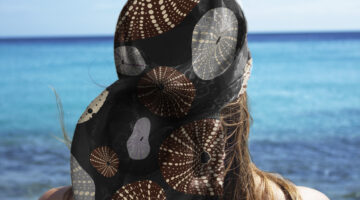

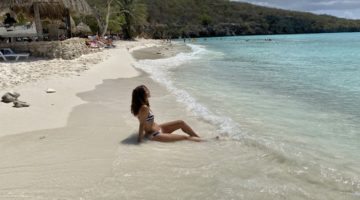
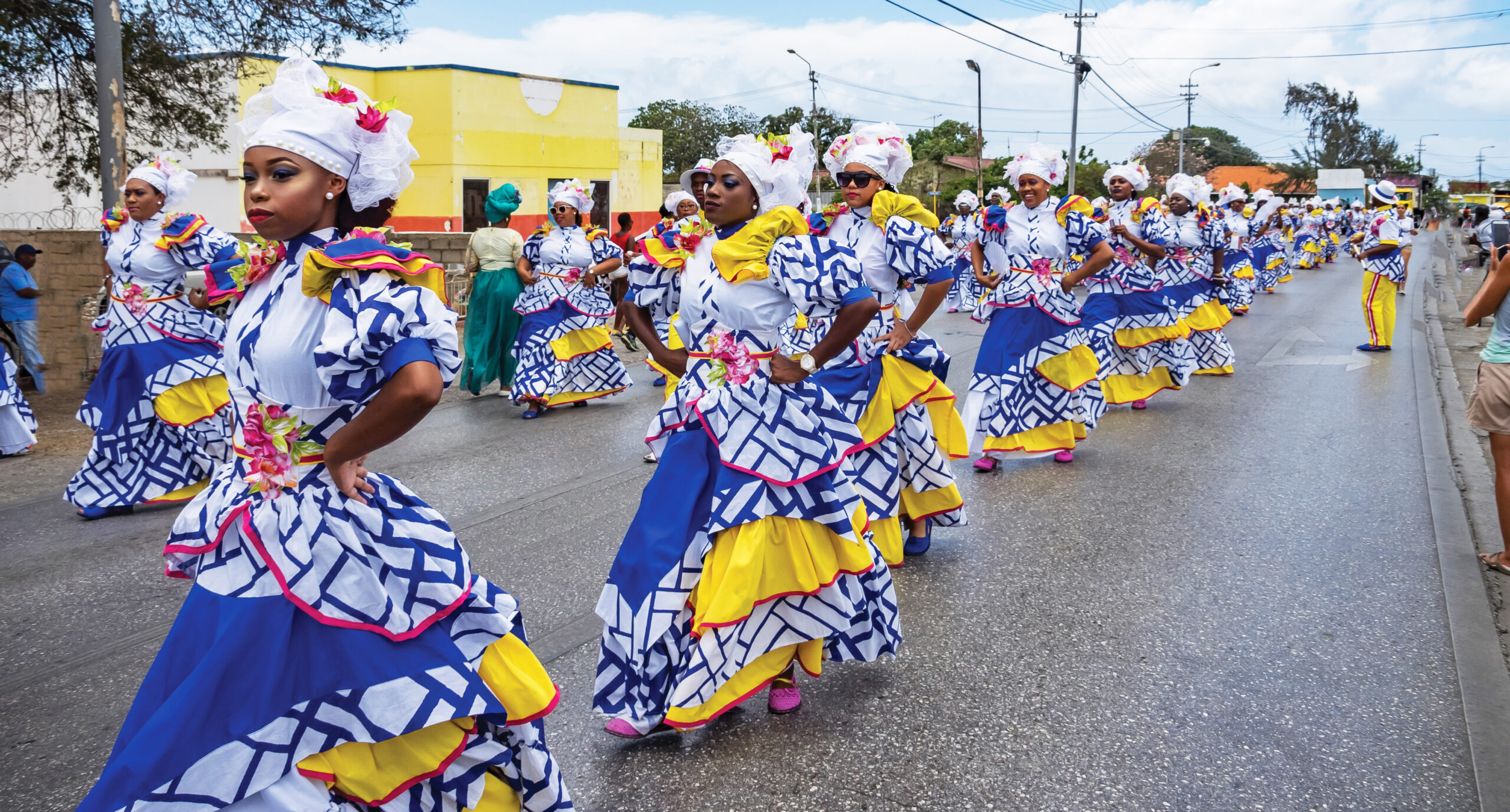
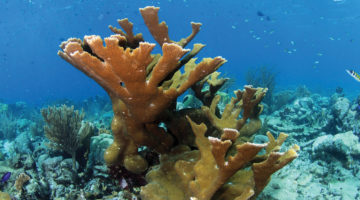
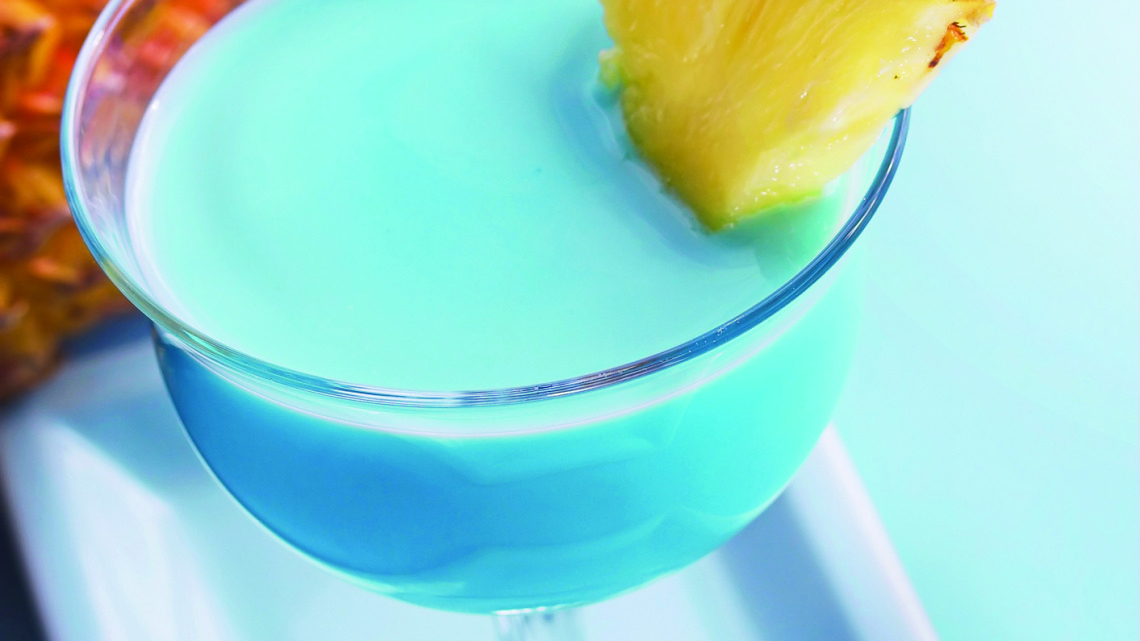

No Comment